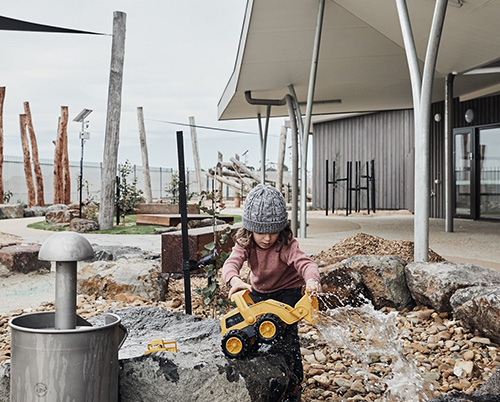 Read time: 18 minutes
Read time: 18 minutes
Water is necessary for human survival, but it is also a key ingredient in the production of construction projects. Increasing water scarcity means that we must reduce water use and improve water efficiencies across all human activities, including within the construction industry. While the operational use of our buildings accounts for 12% of global water use, embodied water now represents most of the water used across the building life cycle.
This note explains the concept of embodied water in the context of construction and the different methods that can be used to quantify the water embodied in construction projects. It provides embodied water data for common construction materials in Australia and uses a residential case study to demonstrate the steps involved in calculating embodied water and identifying strategies for its reduction.
This note replaces the previously published note GEN 58 'Embodied water of construction' by Dr Graham Treloar, Michael McCormack, Dr Laurence Palmowski and Professor Roger Fay.
Disclaimer
This content is provided by the Australian Institute of Architects for reference purposes and as general guidance. It does not take into account specific circumstances and should not be relied on in that way. It is not legal, financial, insurance, or other advice and you should seek independent verification or advice before relying on this content in circumstances where loss or damage may result. The Institute endeavours to publish content that is accurate at the time it is published, but does not accept responsibility for content that may or has become inaccurate over time. Using this website and content is subject to the Acumen User Licence.
